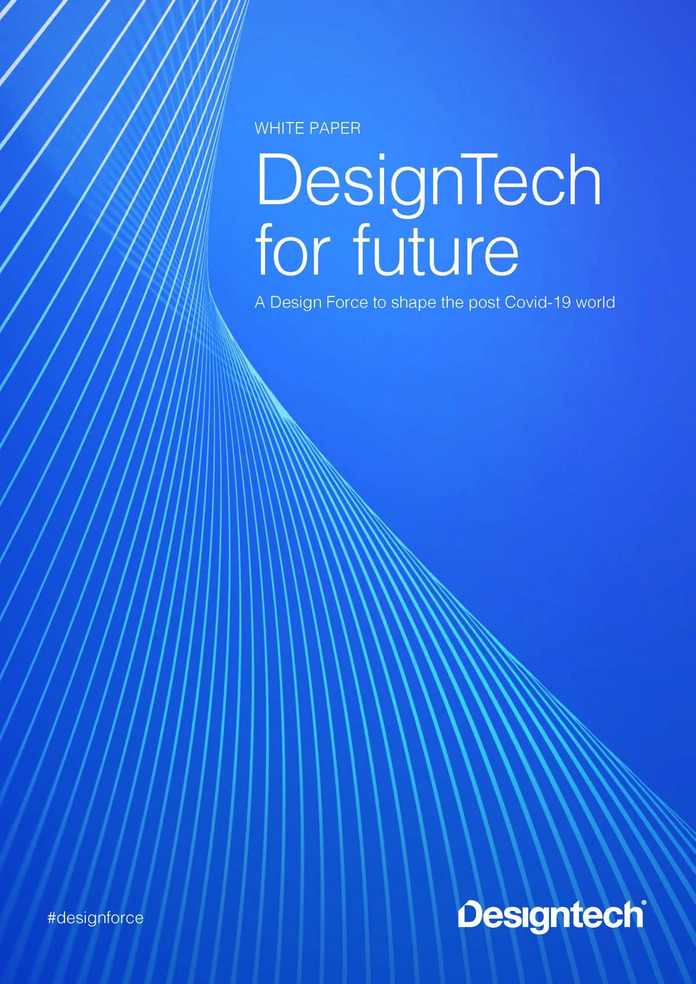Japanese Version of “DesignTech for Future”, Published by The Design Tech Hub from Milan Innovation District

"DesignTech for Future", a white paper for the post COVID -19 world, has been published by DesignTech, in which Zaha Hadid Architects, PwC and other global architecture and design firms and consultancies participate. This time, Aoyama Design Forum (ADF) published the Japanese version of the white paper in collaboration with DesignTech. ADF also translated it into Japanese.
With the pandemic, all the critical issues and limitations of the city have come to the surface. DesignTech suggests that this is the right moment to give society a policy paper for a new beginning, offering a new set of guidelines for social life, new models for the spaces we live in.
This white paper initiates a debate on how design, in conjunction with technology, can play a fundamental role in tracing the path from "before" to "after" COVID -19, drawing the picture of the new world we want to live in and care for.
In these months of lockdown that have challenged the traditional standard of the living space, they have brought together some of the key players in the sector to give society a policy paper for a new beginning, proposing new guidelines for social life, new models for the spaces we live in - the cities, connections and concrete inspirations for the development of new residential objects that will define the living space of tomorrow.
With the pandemic, all the critical issues and limits of the city have come to the surface, sometimes in dramatic ways. Outdated models have dictated infrastructures, architectures, environments and lifestyles. They believe that this is the right historical moment to paint the picture of the new world we want to live in and care for.
In a way, it's as if the virus has "pulled the plug" on the old world, which now has the chance to start over with the "startup" of a brand new world.
It is in this spirit that they have conceived this White Paper. It is addressed to institutions and market players to draw attention to the importance of planning, investing in research and activating an open innovation dynamic in this field as well. It highlights the social, economic and environmental impact of innovative and sustainable actions that put people and the environment at the centre.
The paper brings together contributions from a design force made up of national and international architecture and design firms, as well as businesses and professionals from the hospitality, education and healthcare sectors. It shows how the project, together with technological innovations, can help overcome the healthcare crisis in the short term and improve our daily lives and economic recovery in the medium and long term.
A challenge that has been taken up and that promises to establish an ongoing dialogue open to institutions, companies, real estate and construction. With the aim of identifying project issues that we can work with and solve to create a "new reality", and consequently the different spaces where daily life will take place.
